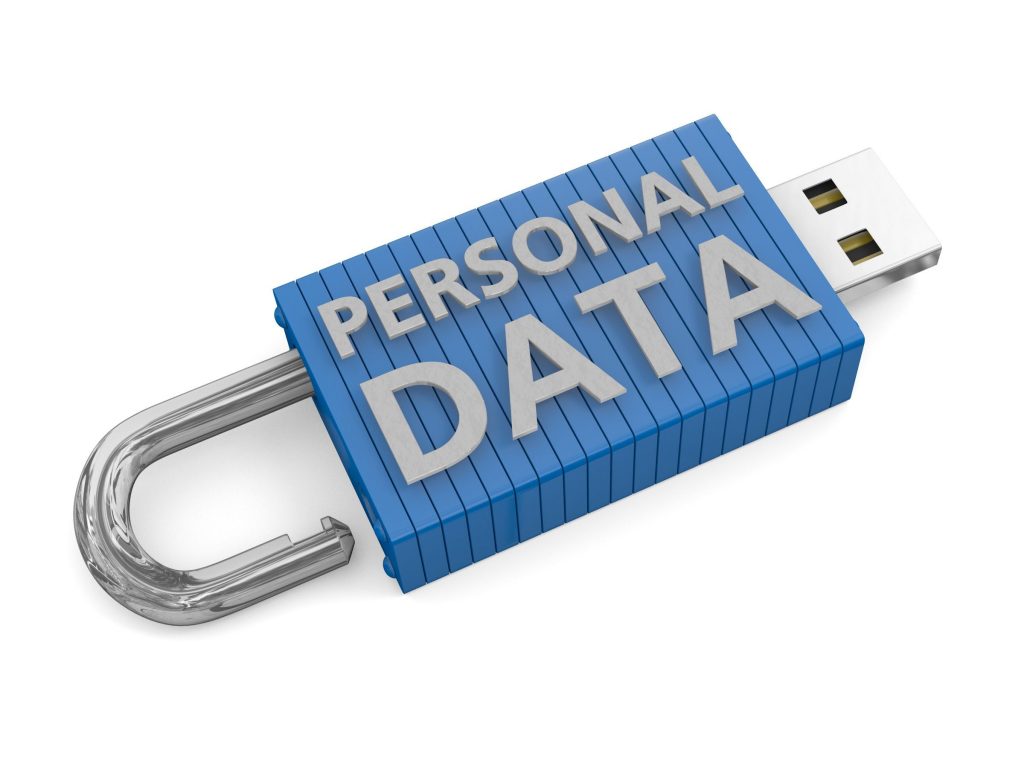In an age of instantaneous communication, sharing data on a global scale has become easier than ever. Despite many apparent benefits of these technological advances, companies of all sizes are met with many security challenges. When employees are hired, they must release information such as social security numbers and banking information to the Human Resources department. It’s more important than ever for HR to take a series of steps to ensure personal employee information is protected.
#1 Keep Information Contained
The first step no matter the size of the company is to clearly outline who has access to what documents. As a basic rule of thumb, limiting the number of staff members involved will strengthen accountability and consolidation of personal information.
#2 Make a Time Schedule
Limiting staff access initiates security efforts. Staff login times must be recorded. This counters timestamp deletion and employee accountability doubts.
#3 Separate Data Groups
Assign distinct responsibilities to HR staff for managing employee data, avoiding granting any one person full case file access. Instead, fragment personal information to diminish its value and reduce the risk of tampering.
#4 Establish a Flow
The next step is to clearly outline for HR the protocol for employee profile details. Online systems and company computers should be protected at all times with password verification. These computers should never be left unattended, or lent out to unauthorized employees.
#5 Save, Save, and Save Again
Data should always be backed up to an equally protected hard drive, that remains locked at all times. This will be important when it comes to emergency situations of lost files.
#6 Prioritize Sophisticated Computer Software
Of course, this also points to the importance of computer software that has sophisticated login username and passwords. Be sure to invest in software that is not only user-friendly but also impenetrable.
#7 Hire a Computer Forensics Expert
Managing employee personal data in the case of a computer hack is a delicate task. This should not be left to the IT department alone, but rather handled by a specialized forensics expert.
#8 Evaluate Progress
Periodically, it will be necessary for a company to conduct scheduled or randomized check-ins to make sure all procedures are being carried out as instructed. This ranges from all levels of the company, but especially falls on the Human Resources Department to ensure data protection is executed meticulously.
#9 Minimize Damage
In the case that a security breach does occur, several subsequent tasks must follow. The computer should be immediately powered off in the mode most likely to autosave recent changes. In the case that the company has to revisit a security breach case, it’s essential that time stamps and other records can be traced back.
#10 Make All Employees Part of the Solution
Finally, all employees hold some responsibility in learning about security protection. From the moment an employee is hired with the company, and they begin to sort through legal documents with HR, they must be informed exactly how each piece of personal data will be used. When employees are more aware of the status of their records, they’re also more apt to hold HR responsible for protecting personal employee information.
When employees feel they are being looked after with serious concern, they’re more likely to feel at ease as part of the company, and reciprocate the sentiment with higher performance levels that boost company reputation and profitability.






